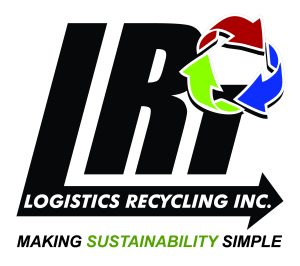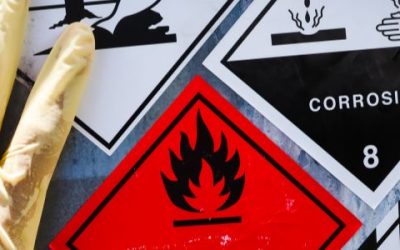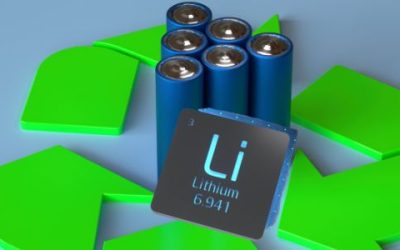The WI DNR recently updated its Hazardous Waste Generator Improvements regulations. Changes to this, along with other regulations that affect healthcare facilities, were adopted in Wisconsin in September, 2020.
In our previous blog, we addressed Wisconsin’s new hazardous waste pharmaceutical laws. Our next one will focus on the WI DNR’s definition of a solid waste rule.
Today’s blog highlights:
WI Hazardous Waste Generator Improvements Rule
Healthcare providers generate a relatively small percentage of hazardous waste compared to their overall waste. Still, it must be managed appropriately.
With this in mind, here are six main takeaways of Wisconsin’s Ch NR 662 Generator Improvements Rule. Read on or click on the sections you’d like to learn more about:
- Make A Waste Determination
- Determine Your Generator Classification and Manage it Accordingly
- Package Your Containers with the Appropriate Labeling
- Properly Store Your Items
- Notify When Episodic Events Take Place
- Large Quantity Generators Must Have a Contingency Plan
1. Make A Waste Determination –NR 662.011
All wastes must be determined at the point of generation. Each hazardous waste must be identified as what makes it so (i.e. F-, K-, P- or U-listed waste.)
The chart below outlines various waste types:
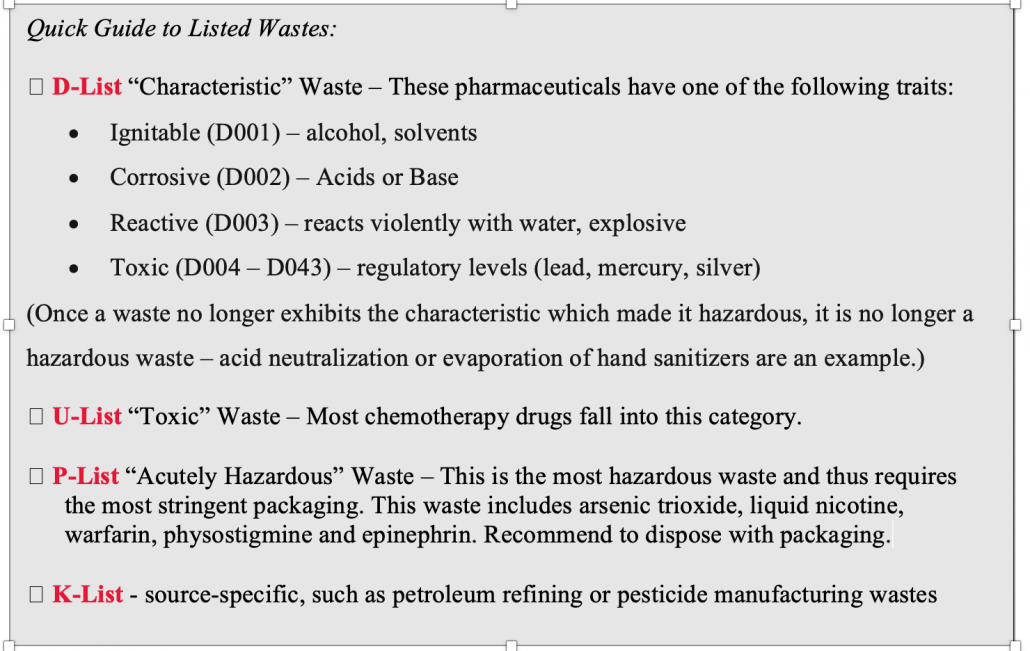
2. Determine Your Generator Classification and Manage it Accordingly –NR 662.013
Count the hazardous waste generated by all of the different departments in the healthcare facility. If you are a Small or Large Quantity Generator and are operating under Subchapter P, you do not need to count any hazardous pharmaceuticals. However, you will still need to account for other hazardous waste, such as those found in your maintenance room.
Very Small Quantity Generators who decide not to opt into Subchapter P must continue to manage their waste in accordance with NR 662. Remember, generating anything over your limit may move you into a different generator status.
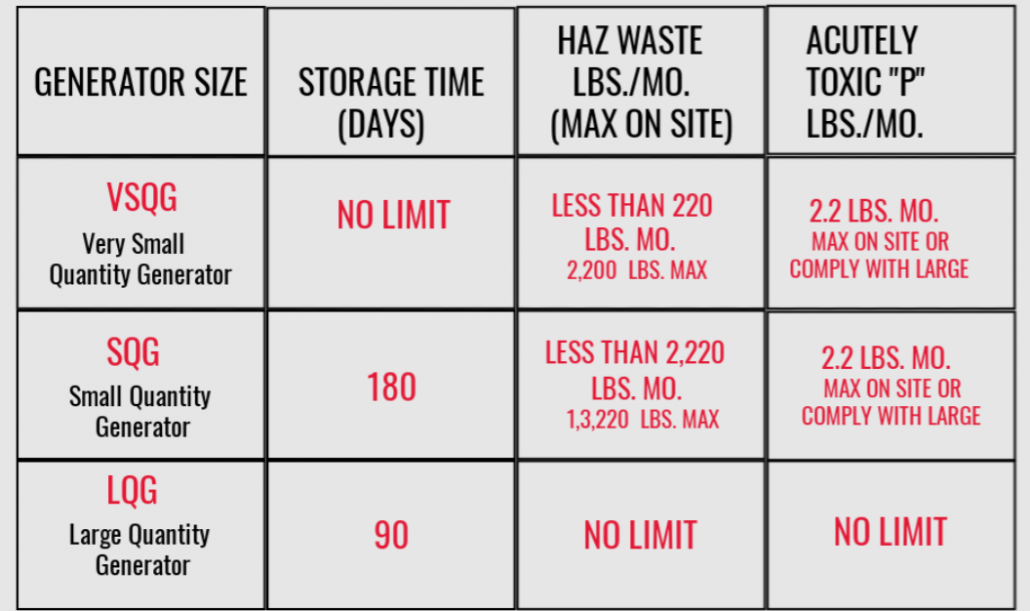
The three hazardous waste generator classifications are as follows:
- Very Small Quantity Generator (VSQG): 220 pounds or less per month non-acute hazardous waste and less than 2.2 pounds per month acute hazardous waste.
- Small Quantity Generator (SQG): between 220 pounds and 2,205 pounds per month non-acute hazardous waste and less than 2.2 pounds per month P-listed acute hazardous waste.
- Large Quantity Generator (LQG): 2,205 pounds per month or more non-acute hazardous waste or 2.2 pounds per month or more acute hazardous waste.
Form 8700-12
Large and small quantity generators, in addition to hazardous waste treatment and storage facilities, must notify the DNR of their hazardous waste activity and obtain an EPA ID number to include on their hazardous waste manifests.
If your Wisconsin facility has yet to apply for an EPA ID number, you can file a Notification of Regulated Waste Activity using this EPA Form 8700-12. For assistance with the form, or to submit completed applications, contact your WI DNR regional environmental program associate.
Large Quantity Generators must confirm generator status as part of their biennial annual hazardous waste report.
Small Quantity Generators must resubmit your generator status at least every four years through the submittal of your hazardous waste annual report.
Very Small Quantity Generators may opt into Subchapter P, or may consolidate their waste within a larger parent company if it is an existing large quantity generator. Otherwise, unless a VSQG is struggling to stay under 220 lbs. per month, it does not need to comply with the new law, but can simply follow NR 662.
3. Package Your Containers with the Appropriate Labeling – NR 662.031 and .032
Properly packaging your waste applies to all hazardous waste generators. In addition to marking the containers with the words “Hazardous Waste,” the container must be labeled with what’s inside of it (i.e. Toxic, Flammable, Corrosive, Reactive).
Before being shipped out, each container must have the appropriate DOT labels, and must have this information attached to it:
- HAZARDOUS WASTE—Federal Law Prohibits Improper Disposal. If found, contact the nearest police or public safety authority or the U.S. Environmental Protection Agency.
- Generator’s Name and Address
- EPA identification number of Generator
- Manifest Tracking Number
- EPA Hazardous Waste Number
4. Properly Store Your Items –NR 662.011
Central accumulation areas that contain hazardous waste must be closed and locked to the general public.
The room must also have a visible sign noting it is a “HAZARDOUS WASTE STORAGE AREA”.
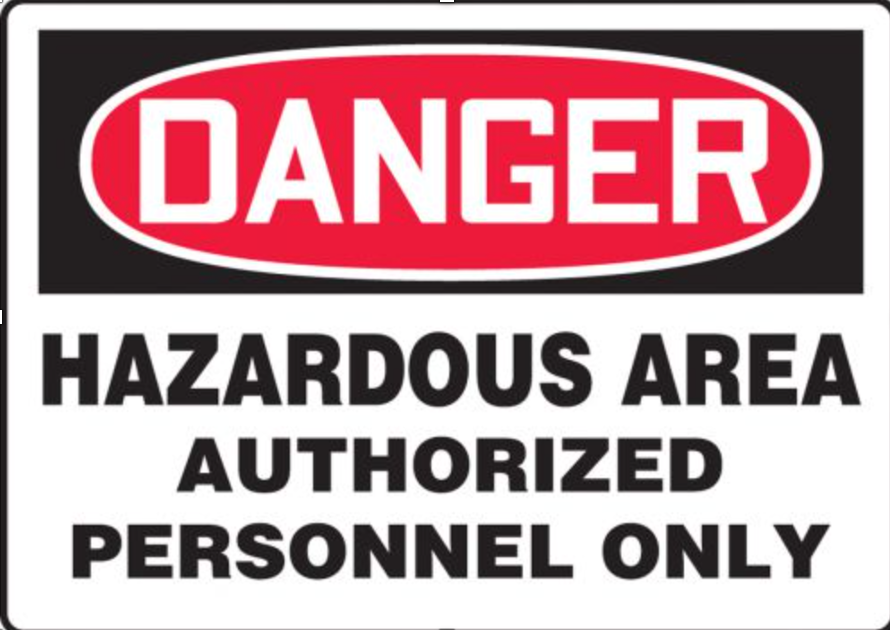
The central hazardous room must have a communications device, spill kit and, if around corrosives, an eye wash station. In addition, it must have fire control measures including special extinguishing equipment, such as those that use foam, inert gas, or dry chemicals. Finally, it must have adequate pressure to supply water, if needed, to put out a fire.
Facilities can have several satellite sites to accumulate their hazardous waste. However, each room must be appropriately labeled and be locked or supervised to prevent unauthorized access.
Documentation must show that all hazardous containers are regularly inspected. Lids must be closed, labels visible and the containers not leaking. Additionally, there must be aisle space to allow for an unobstructed view of the containers.
Satellite Areas
For those not operating under Subpart P, once a container is full in the satellite accumulation area, it must be dated and moved within three calendar days to the central accumulation storage area. If adding this waste to a bigger drum, the date must reflect the earliest dated container put in the drum.
Storage time requirements start at that time, as the container must be sent to a treatment disposal facility within the time set for the generator. So, Large Quantity Generators have 90 days, and Small Quantity Generators have 180 days before removal. There is no time limit for Very Small Quantity Generators.
For those operating under Subpart P, there are no satellite accumulation area requirements for hazardous pharmaceuticals. Keep in mind that non-creditable hazardous waste pharmaceuticals will no longer be able to flow through a Reverse Distributor. It must be disposed of by a permitted waste facility.
Once opting into Subpart P, all non-credible hazardous pharmaceutical waste must be disposed of within the year of when the first item was placed inside of the container. Some of the ways to keep track of this date is to either mark the date on the container when the first item was placed inside of it, or maintain an inventory log. When transferring non-credible hazardous waste pharmaceuticals between containers, say from a smaller area to a larger one, the earliest (i.e., oldest) date must be placed on the receiving container.
Make Sure Wastes are Compatible
Be sure that hazardous wastes are compatible if commingling of hazardous waste is taking place.
If your facility is accumulating ignitable and reactive wastes, precautions must be taken to avoid an accident from occurring. For example, “No Smoking” signs must be visible around this area. In addition, containers holding ignitable and reactive wastes must be located at least 15 meters from the property line, unless written approval is given from local authorities.
5. Notify When Episodic Events Take Place –NR 662.232 and .251
An episodic event is an activity, either planned or unplanned, that does not normally occur during a generator’s day to day operations. It often results in the disposal of hazardous waste which exceeds the generator’s normal calendar month quantity limit.
It can be either for a planned event, such as a clean out, or an unplanned one, such as an accidental spill or act of nature.
Usually, facilities can report one episodic event each year. Now, a generator may petition to manage one additional episodic event per calendar year, without impacting its generator category.
Although large quantity generators should be able manage any additional hazardous waste as part of its regular schedule, now they can have one additional episodic event per calendar year. This is to encourage the removal of any additional waste to help minimize the possibility of a fire, explosion, or any unplanned release of hazardous waste that could threaten human health or the environment.
When the event takes place, it is important to remember all safety precautions. Make sure there are well-established internal communications or an alarm system capable of providing immediate emergency assistance.
6. Large Quantity Generators Must Have a Contingency Plan – NR 662.260 and .262
All Large Quantity Generators must have a contingency plan that gives emergency responders an idea of what is within the facility if there were to be an event such as a spill, explosion or fire.
Small quantity generators are not required to have a contingency plan, but it is recommended.
One of the updates to this rule is to make sure that copies of the contingency plan are submitted to state and local emergency planning responders (i.e. police, fire) so that they can plan accordingly. Whenever it is amended, a fresh copy must be distributed.
The quick guide must include the following:
- Types and names of hazardous wastes in layman’s terms and the hazard associated with each hazardous waste present at any one time, such as toxic paint wastes, spent ignitable solvent, or corrosive acid.
- Estimated maximum amount of each hazardous waste that may be present at any one time.
- Identification of any hazardous wastes for which exposure would require unique or special treatment by medical or hospital staff.
- Map of the facility showing where hazardous wastes are generated, accumulated and treated and routes for accessing these wastes.
- Street map of the facility in relation to surrounding businesses, schools and residential areas to understand how best to get to the facility and also evacuate citizens and workers.
- Locations of water supply, such as a fire hydrant and its flow rate.
- Identification of on-site notification systems, such as a fire alarm that rings off-site, or smoke alarms.
- Name of the emergency coordinator, defined under s. NR 662.264, and 7-day, 24-hour emergency telephone number or, in the case of a facility where an emergency coordinator is continuously on duty, the emergency telephone number for the emergency coordinator.
Call MERI for Hazardous Waste Removal
These are a few of the highlights of the WI DNR’s Hazardous Waste Generator Improvements regulations. The WI DNR’s regional representatives can answer your specific questions.
As a licensed hazardous waste transporter, MERI is happy to help remove and properly destroy your hazardous waste. Contact us for a quote.
###
